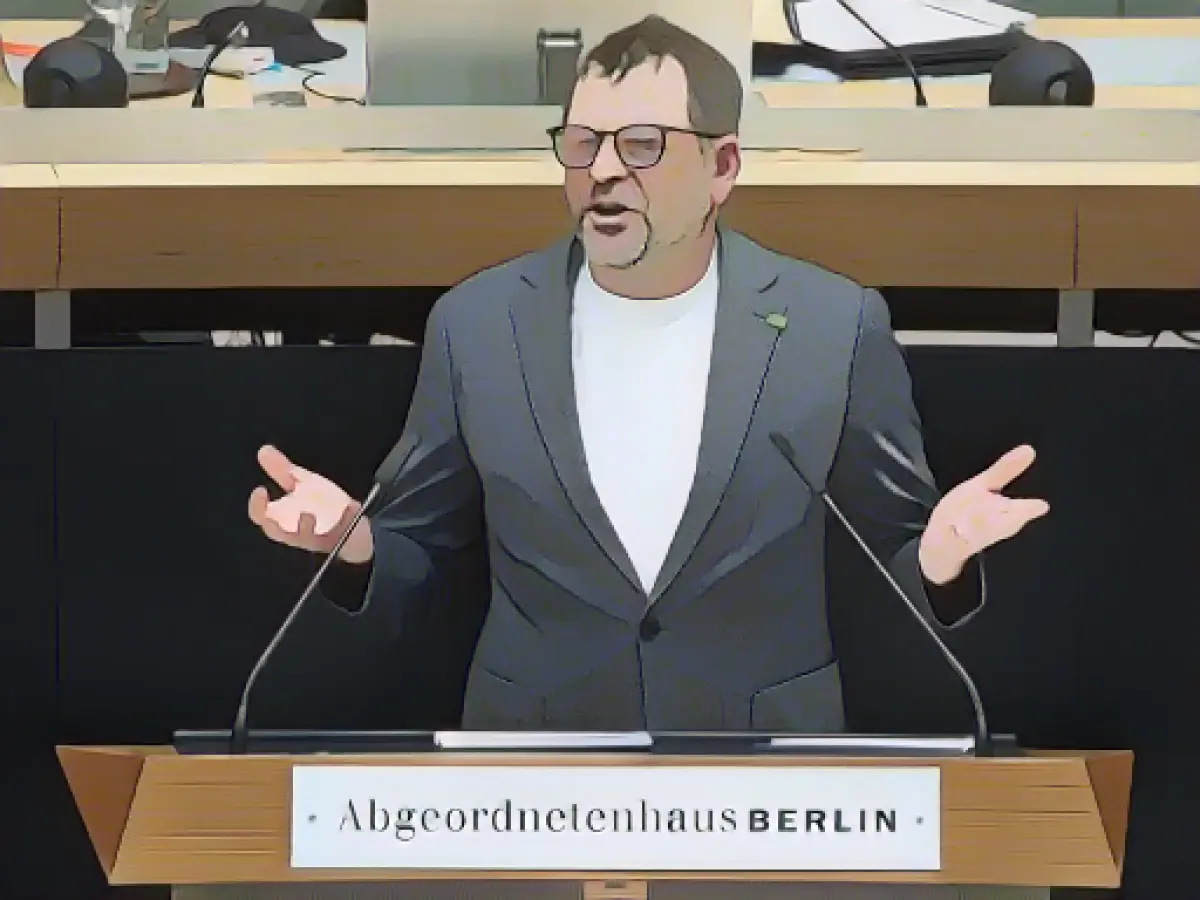Graf Warns Against Permanent Use of Tempelhofer Feld
Werner Graf, leader of the Green parliamentary group, voiced concerns about the Senate's plans for permanent use of Tempelhofer Feld. In an interview with the German Press Agency, Graf emphasized the joint responsibility of all democratic forces in managing refugee reception, care, and accommodation. This includes the temporary accommodation planned by the Senate. Graf highlighted that any law change should not be a disguise for permanent development on the site.
The Senate should respect the 2014 referendum results, where a majority voted against building on Tempelhofer Feld. Graf suggested that the exception in the law should always be temporary, earmarked, and mobile. He urged the urgent establishment of support structures, particularly a Medipoint to provide on-site first aid, and addressed the lack of a functioning water supply. Graf cautioned that constructing temporary homes alone was not sufficient for the planned accommodation.
On Tuesday, the Senate task force agreed to expand Tempelhofer Feld development for temporary refugee accommodation. To achieve this, the Tempelhofer Feld Act would be amended, which currently prohibits further development.
The Greens reiterated the collective responsibility of democratic forces in managing refugee reception, care, and accommodation, including temporary accommodations on Tempelhofer Feld in the Senate. The party drew a clear boundary: any law changes should not serve as a disguise for permanent development on the site.
tempelhofer feld-related controversies and preservation efforts
Tempelhof has been a subject of controversy and preservation efforts, with several aspects in play. It was transformed into an emergency refugee shelter in 2015, housing at least 1,200 people in two former hangars[5]. Although there's no recent data indicating its use as a refugee shelter, preservation efforts continue. These efforts include the development of a preservation plan to balance preservation and future development in the area[5].
The Greens and other civil society groups advocate for preserving Tempelhofer Feld as a green space, opposing permanent development due to its historical and ecological importance[3]. The Architects4THF initiative, comprising Jolene Lee and Malte Wilms, actively protects the site.
In conclusion, Tempelhof remains a contentious issue due to its historical significance and ongoing preservation efforts. The Greens and other civil society organizations are committed to preserving the site as a green space, standing against permanent development.








